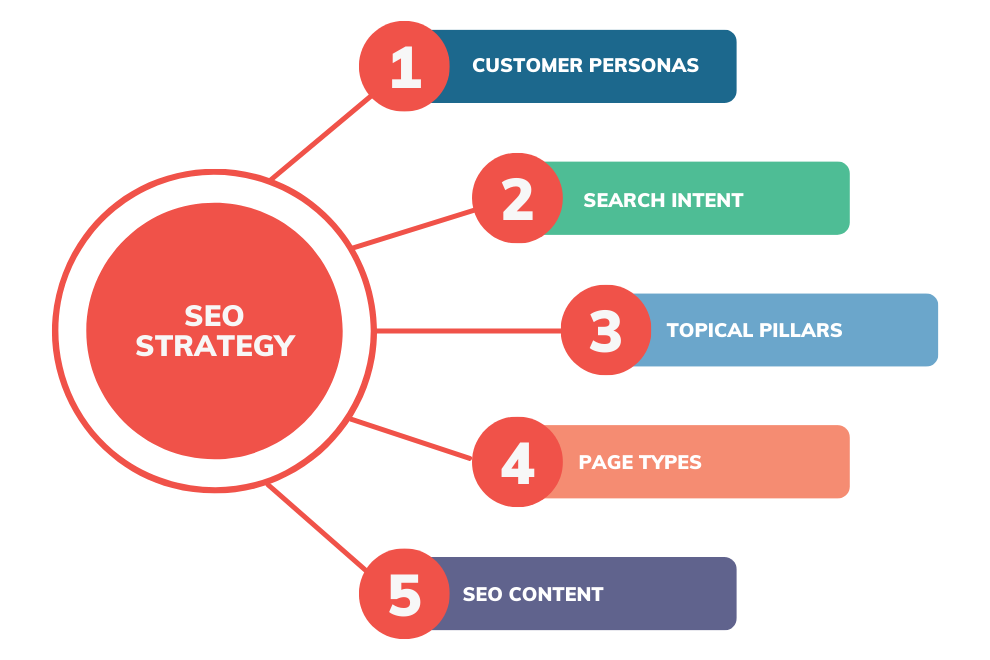In today’s digital landscape, mastering SEO (Search Engine Optimization) is essential for businesses aiming to improve their online visibility.
Whether you’re a small business or a large corporation, following the right SEO best practices can significantly impact your search engine ranking.
This guide will cover the most important strategies for SEO success in 2024.
1. Conduct Thorough Keyword Research
Keyword research remains one of the most important aspects of SEO. It’s the foundation that informs the rest of your strategy.
- Identify Relevant Keywords: Use tools like Google Keyword Planner, Ahrefs, or SEMrush to discover keywords your target audience is searching for.
- Long-Tail Keywords: Focus on long-tail keywords (3-5 words) that are less competitive and more specific to user intent.
- Competitor Analysis: Study your competitors to find out which keywords are driving traffic to their websites.
Tip: Balance your content with both high-volume and low-competition keywords for maximum reach.
2. Optimize On-Page SEO
On-page SEO is about optimizing individual pages to rank higher in search engines and attract relevant traffic.
- Title Tags: Craft compelling, keyword-rich title tags (60 characters or less) that grab attention.
- Meta Descriptions: Write concise meta descriptions (155-160 characters) that summarize your content and include primary keywords.
- Header Tags (H1, H2, H3): Use header tags to structure content logically. The H1 should be the main title, while H2s and H3s break up the content into digestible sections.
- URL Structure: Ensure URLs are short, descriptive, and include target keywords.
Example:
Bad URL: www.example.com/1234-article-post
Good URL: www.example.com/seo-best-practices-2024
3. Create High-Quality, Engaging Content
Search engines prioritize quality content. Creating informative, well-structured, and engaging content is crucial for SEO.
- Value and Relevance: Write content that answers user queries or solves problems. Use the E-A-T principle (Expertise, Authority, Trustworthiness) to ensure your content is credible.
- Content-Length: Longer, more comprehensive articles (1,500+ words) tend to rank higher. However, ensure that the content remains engaging and doesn’t contain fluff.
- Use Media: Images, videos, and infographics can improve user experience and boost time spent on the page, both of which positively impact SEO.
Tip: Regularly update older content to keep it relevant and improve its ranking over time.
4. Improve Technical SEO
Technical SEO helps ensure that your site is crawled and indexed efficiently by search engines.
- Mobile-Friendliness: Ensure your site is responsive and provides a seamless experience on mobile devices. Google’s mobile-first indexing makes this essential.
- Site Speed: Improve loading times by compressing images, using lazy loading, and leveraging browser caching. Tools like Google PageSpeed Insights can help you optimize speed.
- Fix Broken Links: Regularly audit your site for broken internal and external links. Broken links can harm your SEO and user experience.
Tool Recommendation: Use Screaming Frog to crawl your website and identify any technical SEO issues.
5. Build Quality Backlinks
Backlinks from authoritative websites signal to search engines that your site is trustworthy and valuable.
- Guest Blogging: Reach out to authoritative websites in your niche to guest post and earn backlinks.
- Influencer Outreach: Collaborate with influencers or thought leaders in your industry for content that includes links to your site.
- Internal Linking: Use internal linking to guide users through your site and improve SEO. For example, link related blog posts or product pages to increase page views.
Tip: Focus on getting backlinks from websites with high domain authority (DA).
6. Leverage Local SEO
If you run a local business, optimizing for local SEO can boost your presence in location-based searches.
- Google My Business: Optimize your Google My Business profile with accurate business information, images, and reviews.
- NAP Consistency: Ensure that your Name, Address, and Phone number are consistent across all directories.
- Local Keywords: Use location-specific keywords in your content and meta tags, such as “best Italian restaurant in Manchester.”
7. Monitor SEO Performance and Analytics
SEO is not a one-time effort. It requires constant monitoring and optimization.
- Google Analytics: Track website traffic, user behavior, and conversions to identify areas of improvement.
- Google Search Console: Monitor your site’s performance in search results, find indexing issues, and get insights into which keywords are driving the most traffic.
- Rank Tracking Tools: Use tools like Ahrefs, SEMrush, or Moz to track keyword rankings and monitor your SEO progress over time.
Tip: Regularly update your SEO strategy based on performance data and changing search algorithms.
Conclusion
SEO is an ever-evolving field, but by adhering to these best practices, you’ll be well-positioned for success in 2024 and beyond.
Remember that SEO is a long-term investment, and results may take time, but the payoff in increased visibility, traffic, and conversions is well worth the effort.






